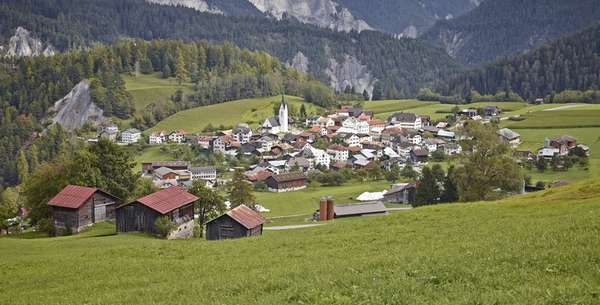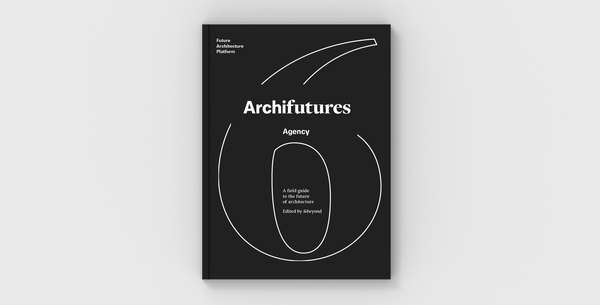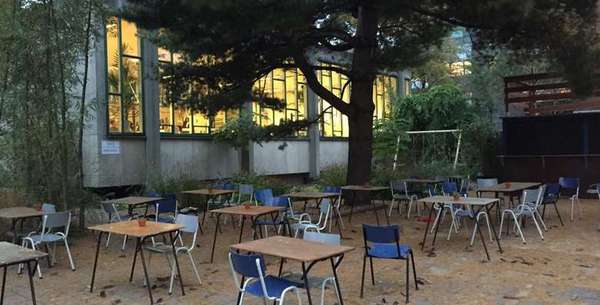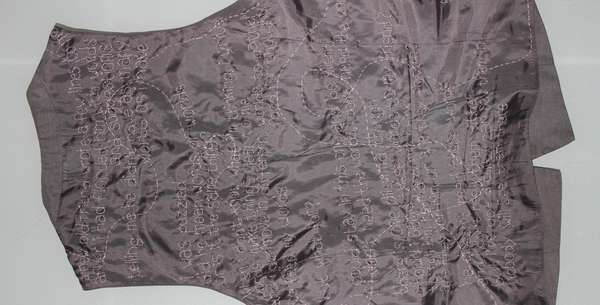Idea by
Jason Rhys Parry
Call for ideas 2020
An Anticipatory Theory of Ruin Ecology
An Anticipatory Theory of Ruin Ecology

- New alliances
Human ruins are forming an unlikely refuge for endangered species. Rare mollusks thrive amidst the keeps of Czech castles. Birds and reptiles thought be extinct live on in the ruins of the Lost City of the Monkey God. Endangered bats rest in the crumbling remains of military bunkers.
In response to migration and climate change, "An Anticipatory Theory of Ruin Ecology" proposes that architects begin to study their buildings’ afterlives as potential future homes for nonhuman species.
Corners can create enticing microclimates. Balconies could be designed to harbor rare plants or nests. By studying the coincidences that have made ruins such attractive homes for nonhuman forms of life, it might be possible to intentionally produce these features.
Instead of the "theory of ruin value" championed by the Nazi architect Albert Speer, who sought to create ruins that would glorify their builders, this approach insists on buildings that acknowledge the transience of human civilizations.
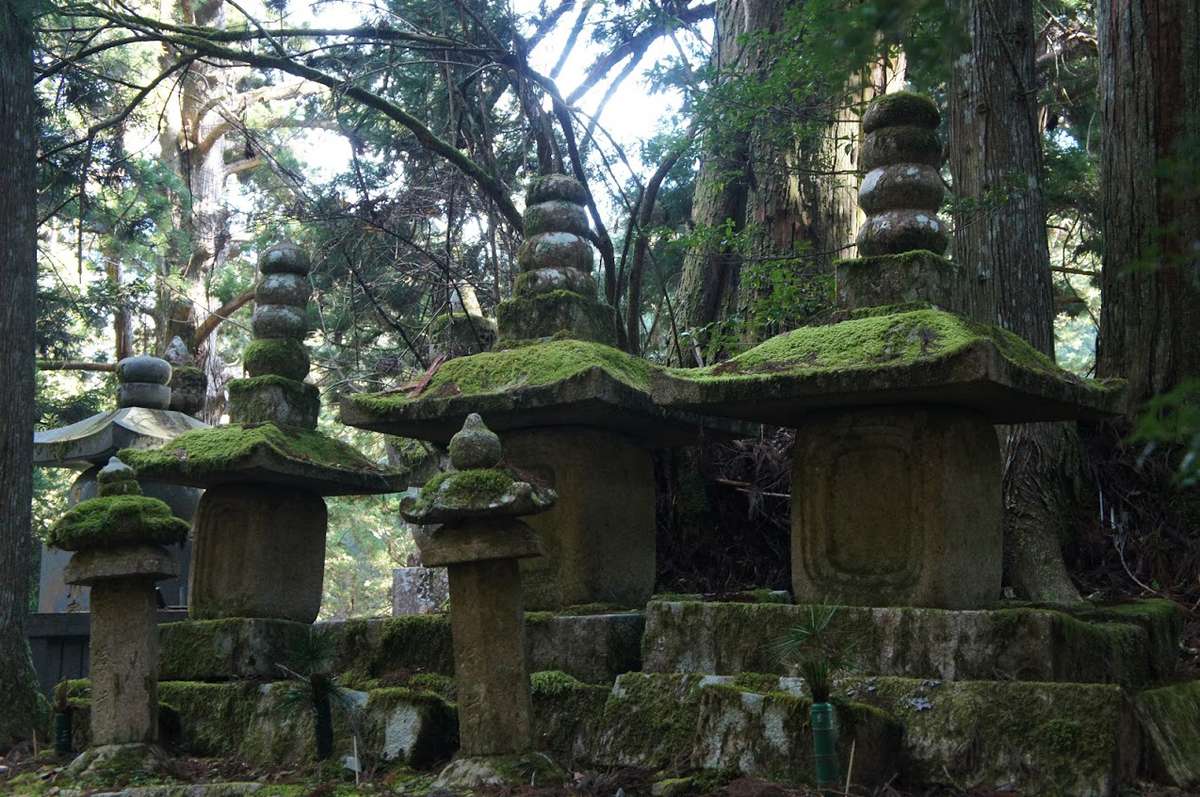
Flying squirrels and night owls thrive in the Okunoin Cemetery, Japan.
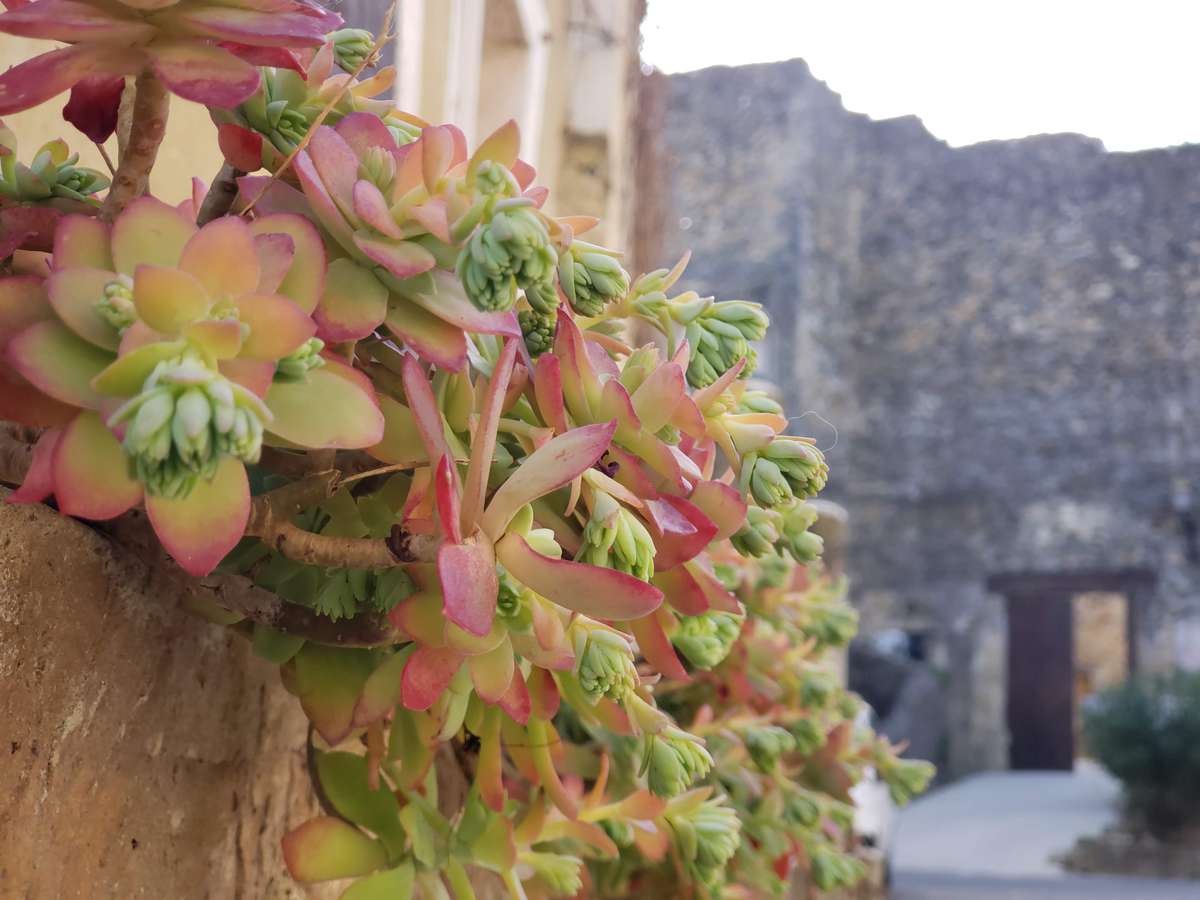
Ruined walls create niches for bright flowers.
An Anticipatory Theory of Ruin Ecology
An Anticipatory Theory of Ruin Ecology

- New alliances
Human ruins are forming an unlikely refuge for endangered species. Rare mollusks thrive amidst the keeps of Czech castles. Birds and reptiles thought be extinct live on in the ruins of the Lost City of the Monkey God. Endangered bats rest in the crumbling remains of military bunkers.
In response to migration and climate change, "An Anticipatory Theory of Ruin Ecology" proposes that architects begin to study their buildings’ afterlives as potential future homes for nonhuman species.
Corners can create enticing microclimates. Balconies could be designed to harbor rare plants or nests. By studying the coincidences that have made ruins such attractive homes for nonhuman forms of life, it might be possible to intentionally produce these features.
Instead of the "theory of ruin value" championed by the Nazi architect Albert Speer, who sought to create ruins that would glorify their builders, this approach insists on buildings that acknowledge the transience of human civilizations.
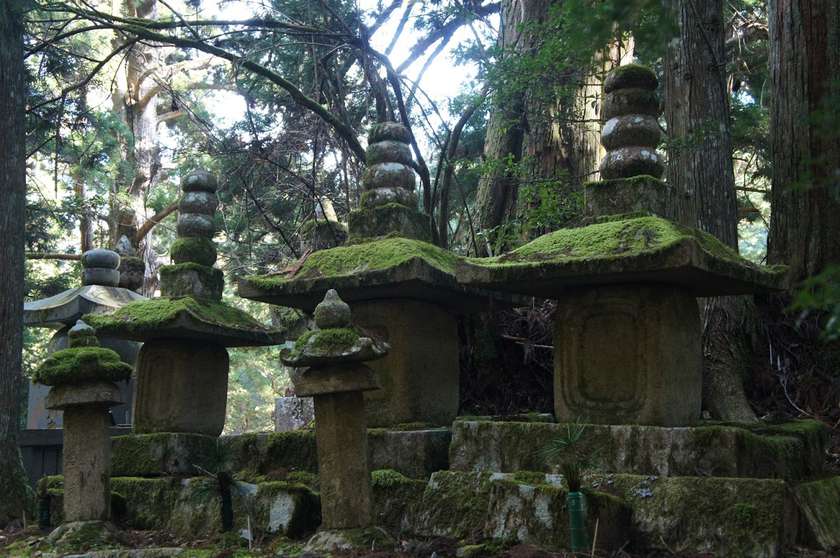
Flying squirrels and night owls thrive in the Okunoin Cemetery, Japan.
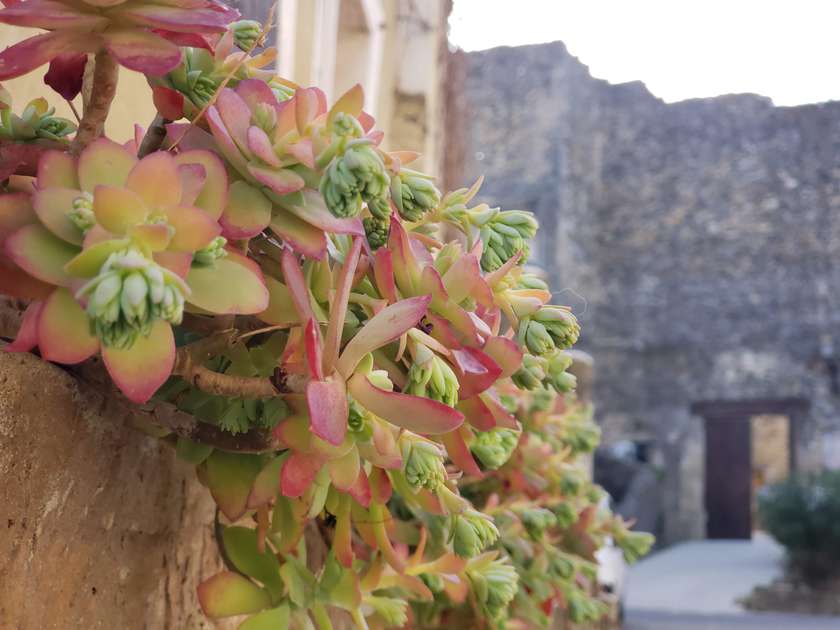
Ruined walls create niches for bright flowers.

